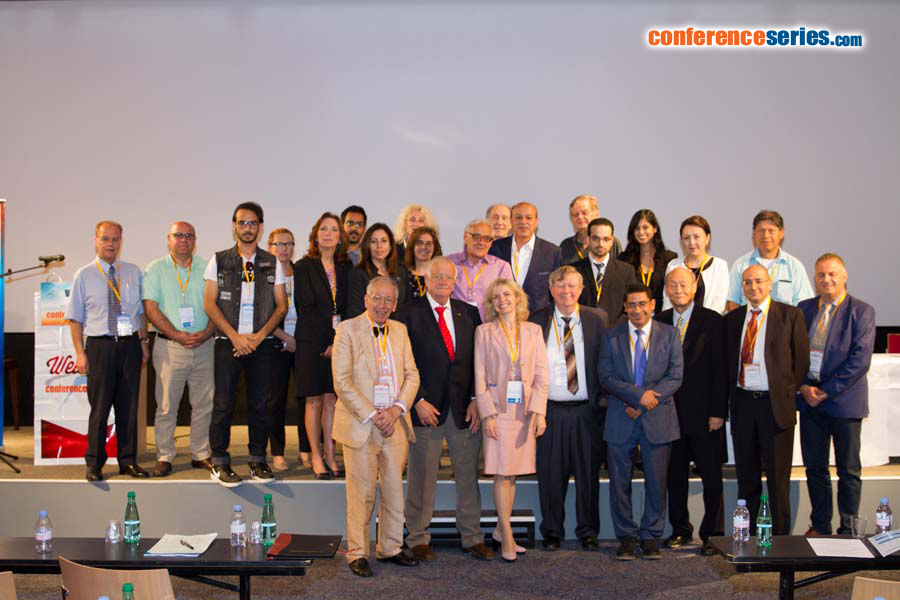
Fabiola B Sozzi
University Hospital Policlinico of Milan, Italy
Title: Congenital coronary fistulae: Clinical impact and interesting cases
Biography
Biography: Fabiola B Sozzi
Abstract
Coronary fistulae (CAF) with the cardiac chambers are extremely rare congenital vascular anomalies, reported in approximately 0.08-0.3% of unselected patients. Although coronary artery fistulae are commonly asymptomatic, they may cause severe symptoms depending on the severity of the shunt. Little data on the clinical impact and treatment are available. We aim to determine the outcome of percutaneous closure of large hemodynamically significant CAF in young patients. We retrospectively analysed 11 patients (median age at intervention 21 years, three females) affected by relevant congenital CAF, diagnosed by echocardiogram and cardiac catheterization. All patients underwent percutaneous closure and were followed for a mean period of three years. The clinical presentation of CAF was characterized by symptoms. In some cases CAF was incidentally diagnosed by echocardiogram. Most fistulas were originating from the left coronary artery (LCA) [7/11]. The right heart was the most common site of drainage (8/11). Multiple fistulas were found in three patients. No-one had other congenital disorders associated. All patients were treated with percutaneous transcatheter embolization. During follow-up, no patient died. In one case a retrograde thrombosis of the fistula with acute myocardial infarction occurred after one month and was treated with thrombectomy and coronary bypass. No other major adverse cardiac events were recorded. We conclude that the percutaneous closure of significant CAF is associated with low event-rate and excellent prognosis. A rich iconography based on echocardiography, computed tomography, magnetic resonance imaging and angiography are presented for some interesting cases.




